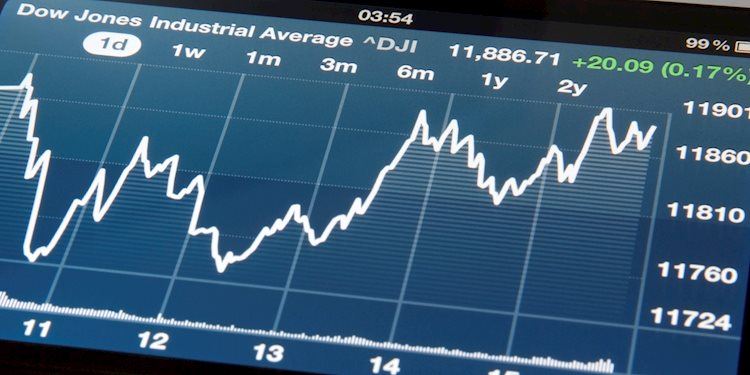The Dow Jones Industrial Average saw a significant rally on Friday, climbing approximately 350 points and inching closer to record highs above 41,500 as investors increasingly bet on a 50 basis point rate cut from the Federal Reserve. The positive market sentiment comes as the CME’s FedWatch Tool indicates a 45% likelihood of a rate cut at the upcoming meeting on September 18. The University of Michigan’s Consumer Sentiment Index also rose to 69.0 in September, marking a four-month high and suggesting a more optimistic outlook among consumers regarding the US economy.
Moreover, US Export and Import Price Indexes experienced sharper declines than anticipated in August, with both indexes showing contracting figures. The Export Price Index fell by 0.7%, while the Import Price Index decreased by 0.3%, reflecting easing inflation pressures in trade conditions. Despite this, investor sentiment remains buoyed by the positive economic outlook and expectations of a rate cut by the Fed, with most Dow Jones constituent securities recording gains during the week.
Stocks like Caterpillar Inc and Home Depot Inc saw notable increases on Friday, with both companies rising nearly 2% during the trading day. Meanwhile, Boeing Co witnessed a significant decline, plummeting by 3.5% and experiencing its first worker strike in over 15 years. Overall, the Dow Jones is on track to reach fresh all-time highs, testing levels close to 41,500 and inching closer to the current record high set in late August at 41,574. The index has rebounded nearly 4% over the past three days, recovering from a recent dip below the 50-day Exponential Moving Average.
The Dow Jones Industrial Average, founded by Charles Dow as a price-weighted index of the 30 most traded stocks in the US, reflects the performance of some of the leading companies in the country. While the index has faced criticism for not being broad enough due to its limited number of constituent companies, it remains a vital indicator of market sentiment and economic health. Factors such as company earnings reports, macroeconomic data, interest rates set by the Fed, and inflation rates play a crucial role in driving the performance of the Dow Jones.
Dow Theory, developed by Charles Dow, provides a method for identifying the primary trend of the stock market by analyzing the movements of the Dow Jones Industrial Average and the Dow Jones Transportation Average. The theory emphasizes the importance of volume and trend phases, including accumulation, public participation, and distribution. Traders may choose to invest in the DJIA through various means such as ETFs, futures contracts, options, and mutual funds, providing them with exposure to the overall index and the opportunity to benefit from its performance.











